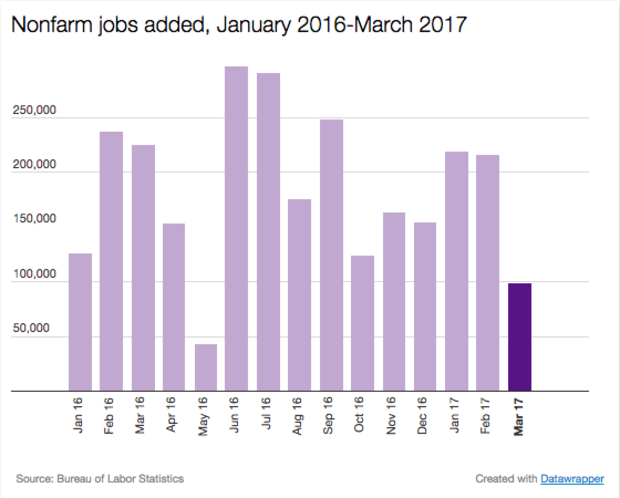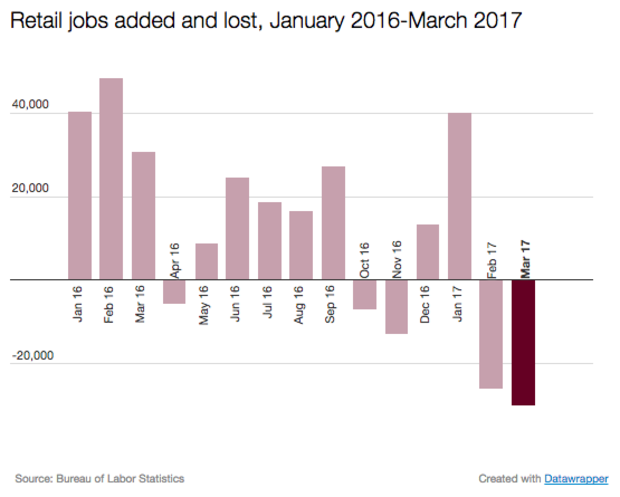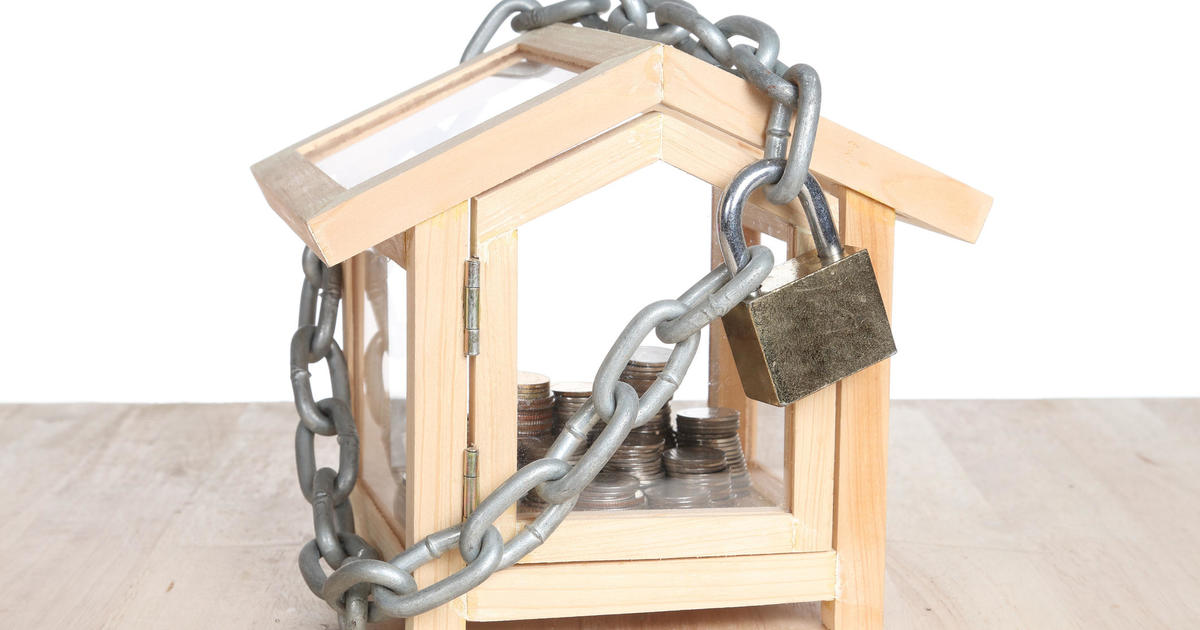U.S. job growth hit the brakes in March
Hiring slowed in the U.S. economy, which added just 98,000 new jobs in March, the most anemic performance in a year.
Economists expected to see a growth of 180,000 jobs. The disappointing number likely stems from seasonal adjustments and from early March winter storms, which may have held back hiring.
On the plus side, the nation’s unemployment rate notched down to 4.5 percent -- the lowest level since May 2007 -- as just over a half-million more Americans found jobs this year, the U.S. Labor Department said Friday in releasing its latest labor report.
To Mark Hamrick, Bankrate.com’s senior economic analyst, “the month wasn’t as disappointing as that headline number would indicate because the unemployment rate slipped to 4.5 percent.”
The low growth in new jobs, will be “seized upon by the usual suspects as confirmation that the U.S. economy is poised for collapse, but the truth is this is mostly just weather-related noise,” research firm Capital Economics said in a note.
In fact, Joseph LaVorgna, chief U.S. economist at Deutsche Bank Research, estimates that rotten weather subtracted 100,000 positions from last month’s job increase number. The figure should bounce back up when the April results are released May 5, he said. Dropping unemployment compensation claims lately and accelerating employee tax receipts bolster his conviction.
The new jobless rate is below the post-recession economic cycle low last of 4.6 percent reached in November 2016. With some blips, it has steadily fallen since the Great Recession’s 9.9 percent high point in 2009.
“March’s payroll was a sticker shock, but the economy is still healthy,” said Collin Martin, senior bond analysts at the Schwab Center for Financial Research.
The jobs report pushed Treasury yields lower, as investors bought government bonds (prices and yields move in opposite directions). But the jobs news had little impact on the stock market.
People working or looking for work, as a share of the labor force, remained unchanged at 63 percent in March. This has shown a steady downward drift over time -- it was 66.2 percent in March 2007, right before the Great Recession, and 67.3 percent in March 2000, just prior to the tech-bust recession.
Meanwhile, hourly pay continued to inch up in March, increasing by 5 cents to $26.14. Over the past year, hourly earnings have climbed modestly, up 2.7 percent.
Problem patches did appear last month, notably in the troubled retail sector, where store chains are closing outlets amid lower sales thanks to a shift to online. Retail employment shrank by 30,000 jobs last month, following a 26,000-job dip in February. “Weakness in this area is a trend that we will continue to see going forward,” Schwab’s Martin said.
Payless Shoesource recently filed for Chapter 11 bankruptcy protection and announced it would shutter 400 stores. In a regulatory filing last month, iconic Sears Holdings (SHLD) said there was “substantial doubt” it could remain in business, although it later added that it thought its overhaul plan would let it weather the storm.
This came amid announcements of store closings by major names like Macy’s (M) and JC Penney (JCP). “Gains among online sellers won’t compensate for shrinking brick-and-mortar retailers,” Bankrate’s Hamrick said.
Manufacturing has begun to show gains, after a blah 2016. Last year, service businesses like health care were where all the action was. Factories added 11,000 jobs in March, while health was up 13,000.
Despite the downbeat jobs report, most economic indicators are positive, both in the U.S. and around the world. As analysts from Barclays Research noted: “On the upside, confidence data, household and business, continue to firm and indicate a faster pace of underlying employment growth. On the downside, initial claims for unemployment insurance rose throughout March.”
The lowered unemployment number -- it fell from 4.7 percent in February -- is sure to bolster the Federal Reserve’s campaign to gradually increase short-term interest rates as the economy expands. Noting that, to the central bank, the jobless rate is “the ultimate arbiter of the tightness of the labor market,” Pantheon Macroeconomics chief economist Ian Shepherdson observed that “investors are putting more weight on the weather-hit payroll number than the unemployment rate, and that’s the opposite of what the Fed will do.”
Aside from returning ultra-low rates to a more normal level, the Fed wants to ensure that inflation does not accelerate to an unacceptable pace amid higher economic growth. After lagging for years, it now is around 2.0 percent, where the Fed likes to see it. “Remember that the economy sat at roughly 4.0 percent for two solid years in 1999 and 2000, without sparking inflationary pressure,” the liberal Economic Policy Institute said in a statement, referring to the unemployment rate then..






